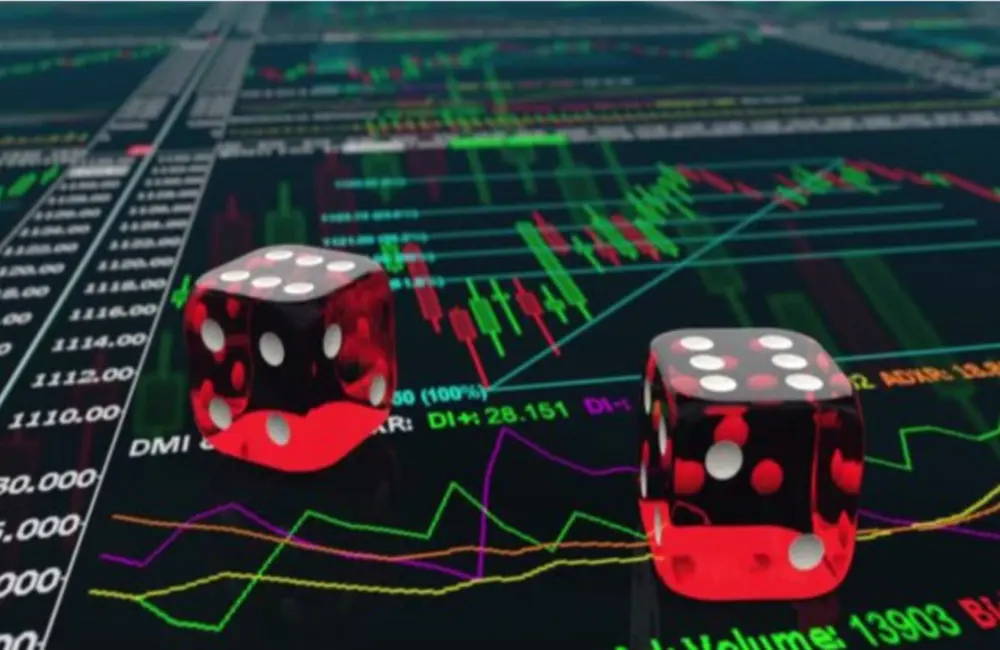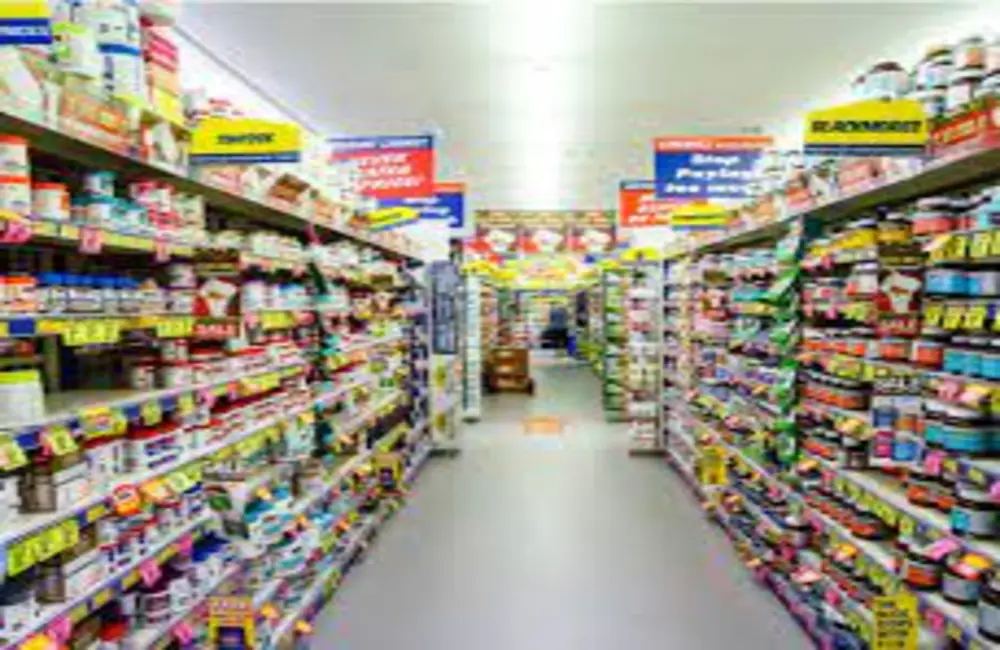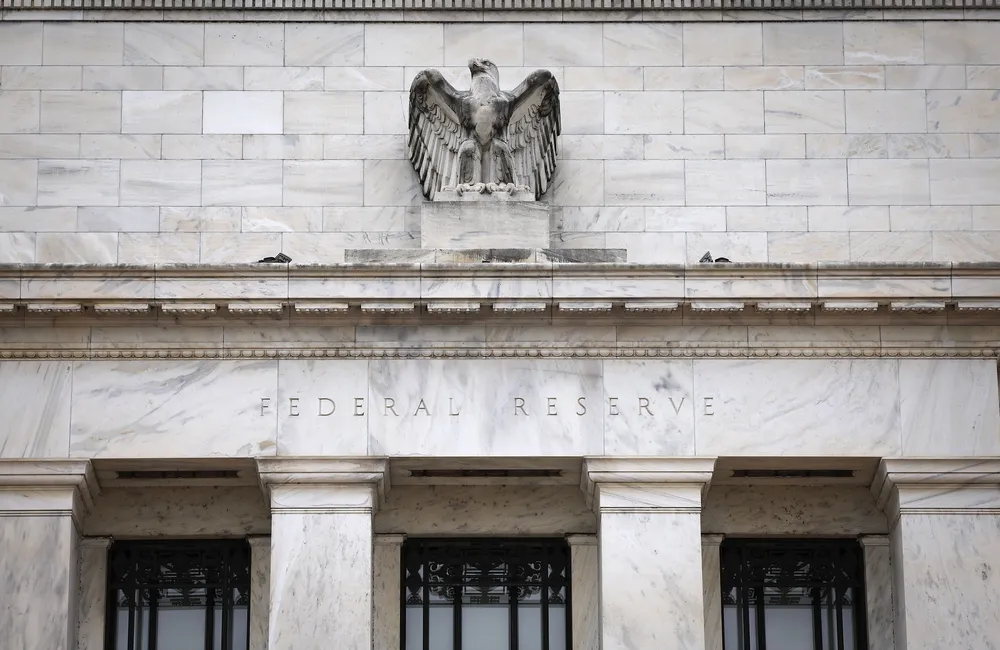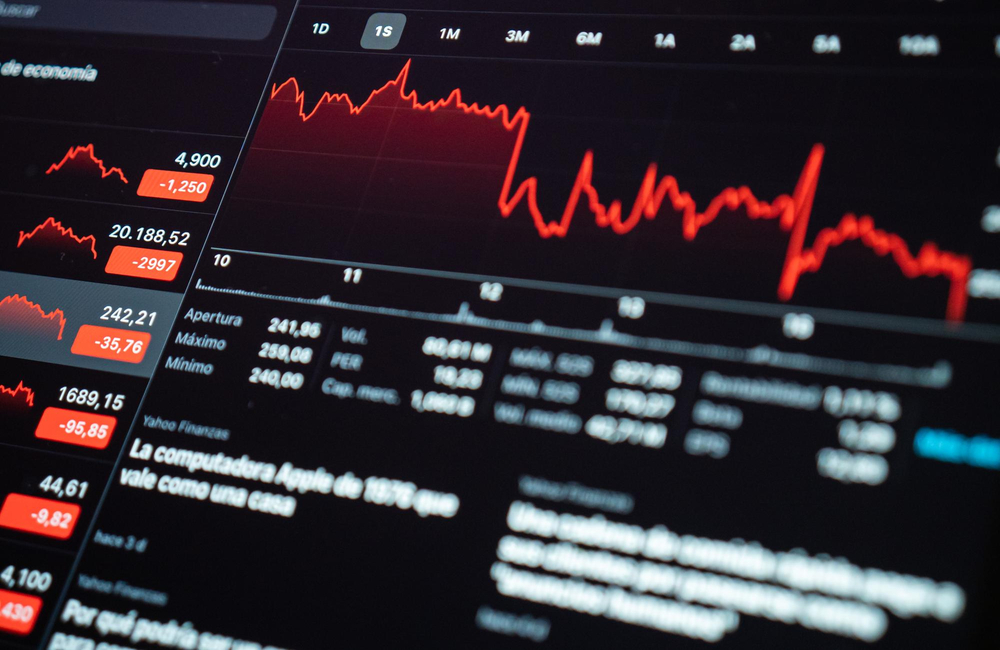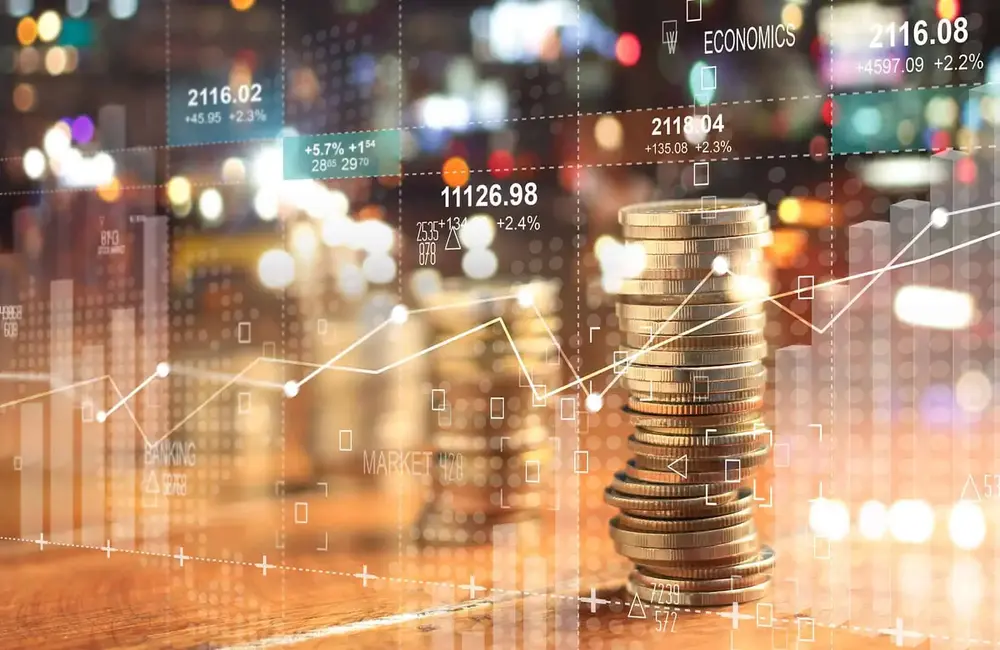ASX futures were down 71 points or 1 per cent at 7244 near 8.00 am AEST, pointing to a weak start to trade.
U.S. stock indexes dropped on Tuesday, and bond yields soared to two-year peaks, as investors fretted over whether the Federal Reserve will increase interest rates faster and more aggressively than expected.
Traders, returning from a holiday weekend that had shuttered markets on Monday, sold stocks and bonds indiscriminately. All three indexes were down, with the S&P 500 losing 1.8 percent and the Dow Jones Industrial Average down 1.5 percent. The Nasdaq Composite fell 2.6%.
At home, the S&P/ASX 200 index turned midday green-red to end the day 0.1% lower at 7408.8, including mixed performance among financial stocks and minimal guidance from Wall Street.
CBA lost 0.4% to $100.79 and Westpac was down 0.3% to $21.41, while only ANZ broke rank on the banks, up 0.1% to $28.75.
Rio Tinto shed 0.4% to A$109.65, after production in the December quarter missed forecasts and the company gave a dreary outlook.
However, JB Hi-Fi gained 6.9% to A$49.84 after the company reported like-for-like sales grew at its Australian businesses as major states eased lockdowns.
Overseas, the pan-continental Stoxx Europe 600 was down 1 percent, led by declines in the technology and travel and leisure sectors. In Asia, most major indexes ended lower, with China’s Shanghai Composite in the exception, rising 0.8%. The Kospi in South Korea lost 0.9 percent, the Nikkei 225 in Japan slipped 0.3 percent and the Hang Seng in Hong Kong fell 0.4 percent.
In commodities, gold futures edged 0.15% lower to $US1813.80 a barrel; Brent crude added 1.6% to $US87.90 a barrel; Iron ore gained 2.7% to US$127.30 a tonne.
Selling persisted in bond markets as investors braced for higher interest rates. Yields on Australian 10-year bonds climbed to 1.94%. Yield on the US 10-year Treasury surged to 1.87%.
The Australian dollar was worth 71.86 US cents around 7.00 am AEST, from the previous close of 72.10. The WSJ Dollar Index, which measures the US dollar against 16 other currencies, rose to 89.62.
Asia
Shares in China finish mixed, with gains in coal companies and declines in renewables. Coal stocks were supported by higher prices of the fuel, according to Daiwa Capital Markets. For coal companies, the firm expects 1Q earnings to remain resilient amid stabilizing pricing. China Shenhua Energy added 4.2% and Yankuang Energy climbed 3.5%. Among decliners were companies focused on renewable energy. LONGi Green Energy Technology fell 1.8% while Arctech Solar declined 1.1%. The benchmark Shanghai Composite Index closed up 0.8%. The Shenzhen Composite Index and ChiNext Price Index also ended lower, falling 0.3% and 0.8%, respectively.
Hong Kong stocks finished the session in the red, with the market remaining listless after a strong rally at the very beginning of the year. The Hang Seng Index, a benchmark for Hong Kong stocks, dropped 0.4%. The slide was led by Chinese pharmaceutical companies, in what analysts say is profit-taking pressure after the sector’s general bounce-back over recent weeks. CSPC Pharma fell 3.2% and Sino Biopharmaceutical declined 1.6%. Tech giants also kept the market down, with Tencent sliding 2.7% and JD.com fell 1.7%.
Japanese equities ended lower, weighed by steel and auto stocks, on persistent worries about potential Fed rate hikes. Auto-parts maker Aisin slid 3.8% and Suzuki Motor lost 2.9%. Nippon Steel was down 7.1% after Jefferies downgraded its rating to underperform from hold. The Nikkei Stock Average dropped 0.3%. Trends in Covid-19 infection and U.S. economic data are on the agenda.
Europe
European shares close lower as global bond yields steady higher on an increasing view that central banks are set to withdraw support, with the pan-European Stoxx Europe slumping 1%.
“Concerns that higher inflationary pressures will trigger a far more aggressive [interest rate] hiking cycle by central banks around the world has sent European stock markets into retreat today, following a sharp rise in global bond yields,” says CMC Markets analyst Michael Hewson.
Fears of these problems have also rippled into European bond markets, which raises the possibility, he said, that the European Central Bank might raise interest rates later this year.
In London, the FTSE 100 dropped 0.6%.
North America
US stock indexes tumbled Tuesday and bond yields soared to two-year highs as investors worried whether the Federal Reserve would hike interest rates faster and harder than anticipated.
Investors, returning from a holiday weekend that had shuttered markets on Monday, sold stocks and bonds broadly. All three indexes slumped, with the S&P 500 dropping 1.8 percent and the Dow Jones industrial average losing 1.5 percent. The Nasdaq Composite fell 2.6%.
At the same time, the yield on the benchmark 10-year Treasury note climbed to 1.866% — the highest in two years from 1.771% Friday. When bond prices fall, yields rise.
Stocks and bonds have been in a state of near turmoil since the beginning of the year. All three stock indexes are at least 2.5% lower year to date in 2022. At stake is how much and how soon the Fed will move to quell raging inflation, with more investors convinced that the central bank will act aggressively.
Interest-rate futures markets suggest investors are now wagering on four to five interest-rate increases this year, up from three to four Friday, according to CME Group.
“The market is still trying to find a level for rate increases. And it was only in October that the market was pricing in one hike in 2022, and now it is pricing four,” said Edward Park, chief investment officer at U.K. investment firm Brooks Macdonald. “That’s indicative of the amount of uncertainty we have in the market right now about the path of Fed policy.”
Among the toughest selling has been of high-growth stocks whose earnings will seem less attractive in a rising-rate environment. Many of the fund managers surveyed by Bank of America's research team in recent weeks cut their positions in tech, with allocations to the sector hitting their lowest level since 2008.
That unfolded more on Tuesday. Tech and communication services stocks dropped 2.1% and 1.7%, respectively. Meta Platforms, the parent of Facebook, was down more than 4 percent. Netflix and Alphabet both slipped more than 2%.
“We are going through a withdrawal of liquidity, and that is truly spooking the market,” said Jack Janasiewicz, a portfolio manager and lead portfolio strategist at Natixis Investment Managers Solutions.
The Cboe Volatility Index — Wall Street’s so-called fear gauge, or VIX — rose to 22.90, its highest level in a month. “Uncertainty around the timing and pace of the [Fed’s] action will likely keep markets on edge for the first half of the year,” Ross Mayfield, an investment strategy analyst at Baird Private Wealth Management, wrote in a note Tuesday.
And said market turbulence has also been most pronounced among growth stocks that are off to their worst relative year against value stocks since 1995.
That has not been aided by the latest quarterly earnings season. Several financial firms have released results indicating that profits have started to wane after a year when many profited from a tumultuous pandemic economy. Goldman Sachs was the most recent to report Tuesday, posting a drop in fourth-quarter profits and sending its shares falling 7%, which hit the price-weighted Dow hard.
Financial stocks broadly trailed. The online brokerage Charles Schwab slipped 3.6 percent after the company said its profits in the fourth quarter rose but fell short of analysts’ estimates. A rally in stocks throughout the sector in recent weeks was likely a factor in shares of Schwab and others suffering big blows after they reported earnings, analysts said.
Shares of Activision Blizzard, on the other hand, soared almost 26% after Microsoft agreed to purchase the videogame powerhouse, which has been rocked by allegations of workplace misconduct. Microsoft shares dipped 2.4%. Other game stocks gained, including Electronic Arts, which climbed 2.7%.
Oil prices climbed as more geopolitical tensions in the Middle East heightened fears of tight supply, with shares of energy companies gaining 0.1 percent, the only S&P 500 sector in the black on Tuesday. Futures for West Texas Intermediate, the benchmark grade of US crude, gained 1.9% to $85.43 a barrel, their highest close since October 2014.
Oil prices have been on balance moving higher, as the latest surge of Covid-19 cases didn’t dent demand for the commodity. The Organization of the Petroleum Exporting Countries increased its demand projection by 260,000 barrels a day for the fourth quarter of 2021, in recognition of stronger-than-expected consumption. That’s helped lift energy stocks 15% in the year’s first weeks, as all other sectors in the S&P 500 are sitting in the red.







